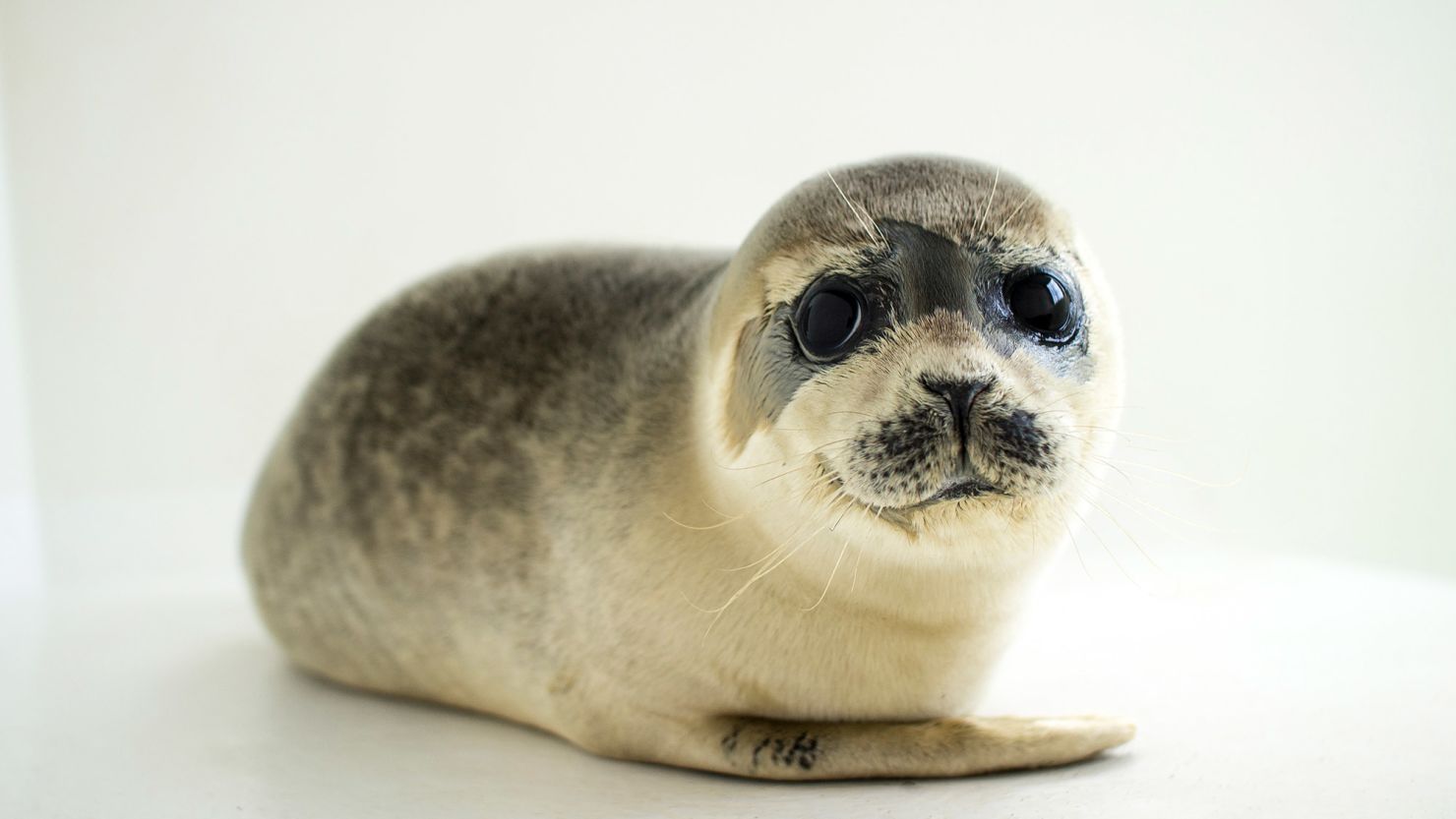
Ever wondered about those sleek, playful creatures that glide through icy waters with ease? Seals, with their whiskered faces and soulful eyes, are more than just adorable animals bobbing along the coastlines. Seals possess fascinating traits and live intriguing lives beneath the waves. From their incredible adaptations to survive in frigid temperatures to their surprising social structures, there's a lot to learn about these marine mammals. Have you ever pondered how they can hold their breath for so long, or why they seem to enjoy sunbathing on rocky shores? Well, you're about to dive into a world of wonder as we uncover 12 amazing facts about seals that will surely pique your curiosity and maybe even warm your heart. Get ready to be amazed by these creatures that call the ocean their home.
Key Takeaways:
- Seals come in different types, like earless seals and eared seals (which include sea lions and fur seals), and they have evolved to be excellent swimmers with streamlined bodies and flippers.
- Seals are amazing hunters and play a crucial role in their ecosystems, but they face threats from pollution and climate change. Conservation efforts, like marine protected areas and international agreements, are in place to protect them.
Understanding Seals: Marine Mammals of the Ocean
Seals, those sleek marine mammals, glide through the ocean with ease. Part of the family Phocidae, seals are found in most oceans worldwide, from the frigid Arctic and Antarctic regions to tropical seas.
-
Seals are divided into two categories: earless seals (true seals) and eared seals (which include sea lions and fur seals). The main difference lies in their physical structure; earless seals lack external ear flaps.
-
Unlike their terrestrial relatives, seals have evolved flippers, making them excellent swimmers. Their bodies are streamlined for more efficient movement through water.
Seals' Diet and Hunting Techniques
Seals are not picky eaters. Their diet mainly consists of fish, but they also consume squid, krill, and crustaceans. How they catch their prey is fascinating.
-
Many seal species use their whiskers to detect the vibrations of their prey in the dark waters. This ability allows them to hunt effectively even in murky environments or at great depths.
-
Some seals can dive incredibly deep in search of food. The elephant seal, for instance, can dive over 1,500 meters deep and stay submerged for up to two hours.
Reproduction and Lifecycle of Seals
The lifecycle of seals is a testament to their adaptability and resilience.
-
Seals typically give birth to a single pup each year. Mother seals have a strong bond with their pups and can recognize them among hundreds of others by their smell and call.
-
Seal pups are born with a thick layer of blubber, which provides insulation and buoyancy. This is crucial for their survival in cold waters.
Seals and Their Natural Habitat
Seals have adapted to a wide range of habitats, from icy polar seas to warm tropical waters.
-
Despite their global distribution, many seal species prefer the cold waters of the polar regions. Here, they find abundant food and fewer predators.
-
Seals play a critical role in their ecosystems, acting as both predators and prey. They help maintain the balance of marine life in their habitats.
Threats Facing Seals Today
Despite their adaptability, seals face several threats from human activities and environmental changes.
-
Pollution, particularly plastic waste, poses a significant threat to seals. They can become entangled in debris or ingest plastic, leading to injury or death.
-
Climate change is another critical threat. Melting ice caps and rising sea temperatures affect the availability of their prey and disrupt their breeding grounds.
Conservation Efforts to Protect Seals
Efforts are underway globally to protect seals and their habitats.
-
Many countries have established marine protected areas (MPAs) where fishing and other potentially harmful activities are restricted to conserve marine life, including seals.
-
International agreements, such as the Marine Mammal Protection Act in the United States, provide legal frameworks for the conservation of seals and other marine mammals.
Seals: Nature's Marvels Uncovered
Seals, with their playful nature and incredible adaptations, have captured our hearts and curiosity. From their diverse habitats across the globe's oceans to their unique hunting techniques and vocal communications, these marine mammals showcase nature's ingenuity. Understanding seals isn't just about appreciating their cuteness but recognizing their critical role in marine ecosystems and the challenges they face from climate change and human activities. By diving into the world of seals, we've uncovered fascinating aspects of their lives, highlighting the importance of conservation efforts to ensure these creatures continue to thrive. Let's keep our curiosity alive and support initiatives that protect these marvelous animals and their habitats. Seals aren't just another face in the crowd; they're a testament to the wonders of the natural world, urging us to learn more and act responsibly.
Frequently Asked Questions
Was this page helpful?
Our commitment to delivering trustworthy and engaging content is at the heart of what we do. Each fact on our site is contributed by real users like you, bringing a wealth of diverse insights and information. To ensure the highest standards of accuracy and reliability, our dedicated editors meticulously review each submission. This process guarantees that the facts we share are not only fascinating but also credible. Trust in our commitment to quality and authenticity as you explore and learn with us.


